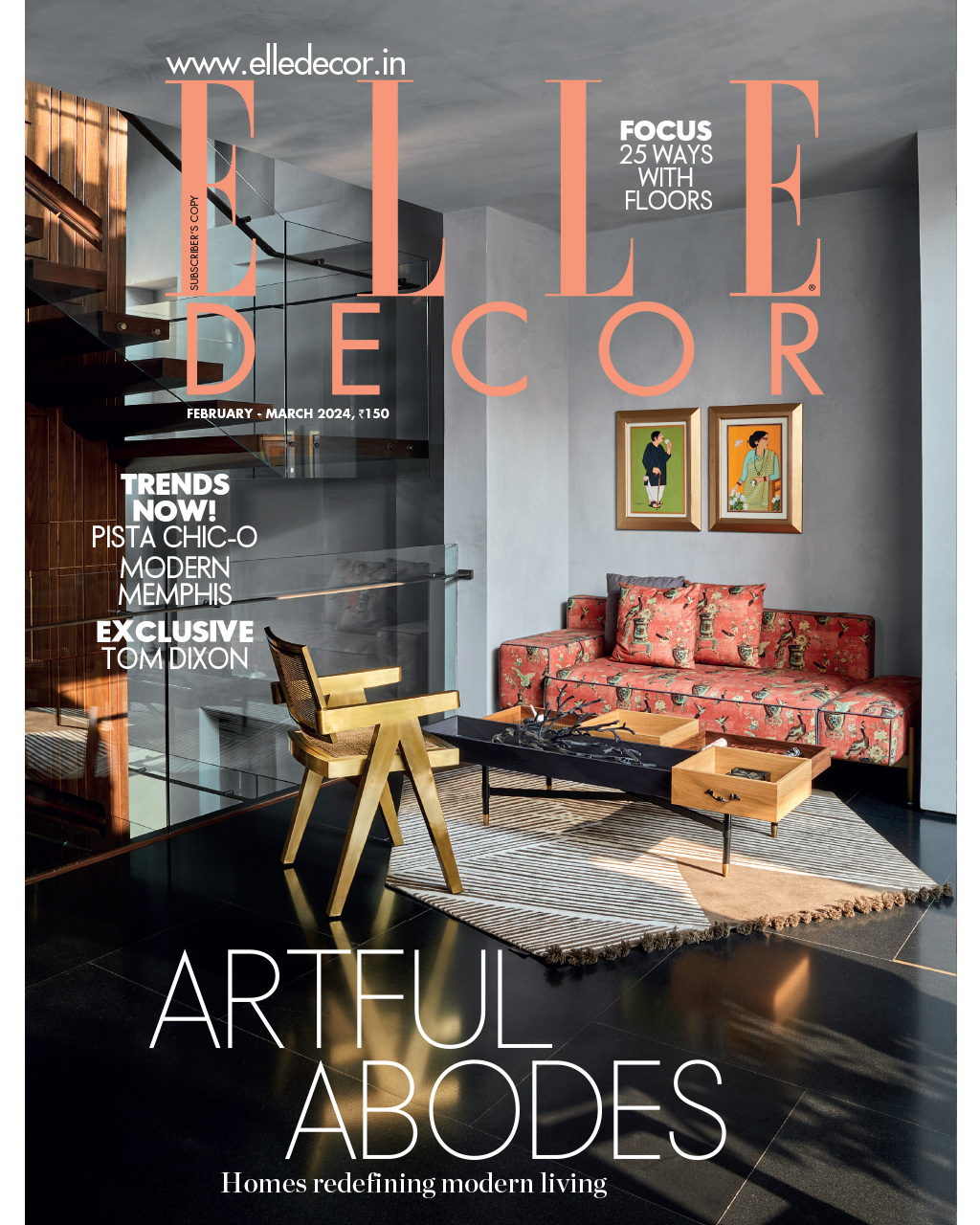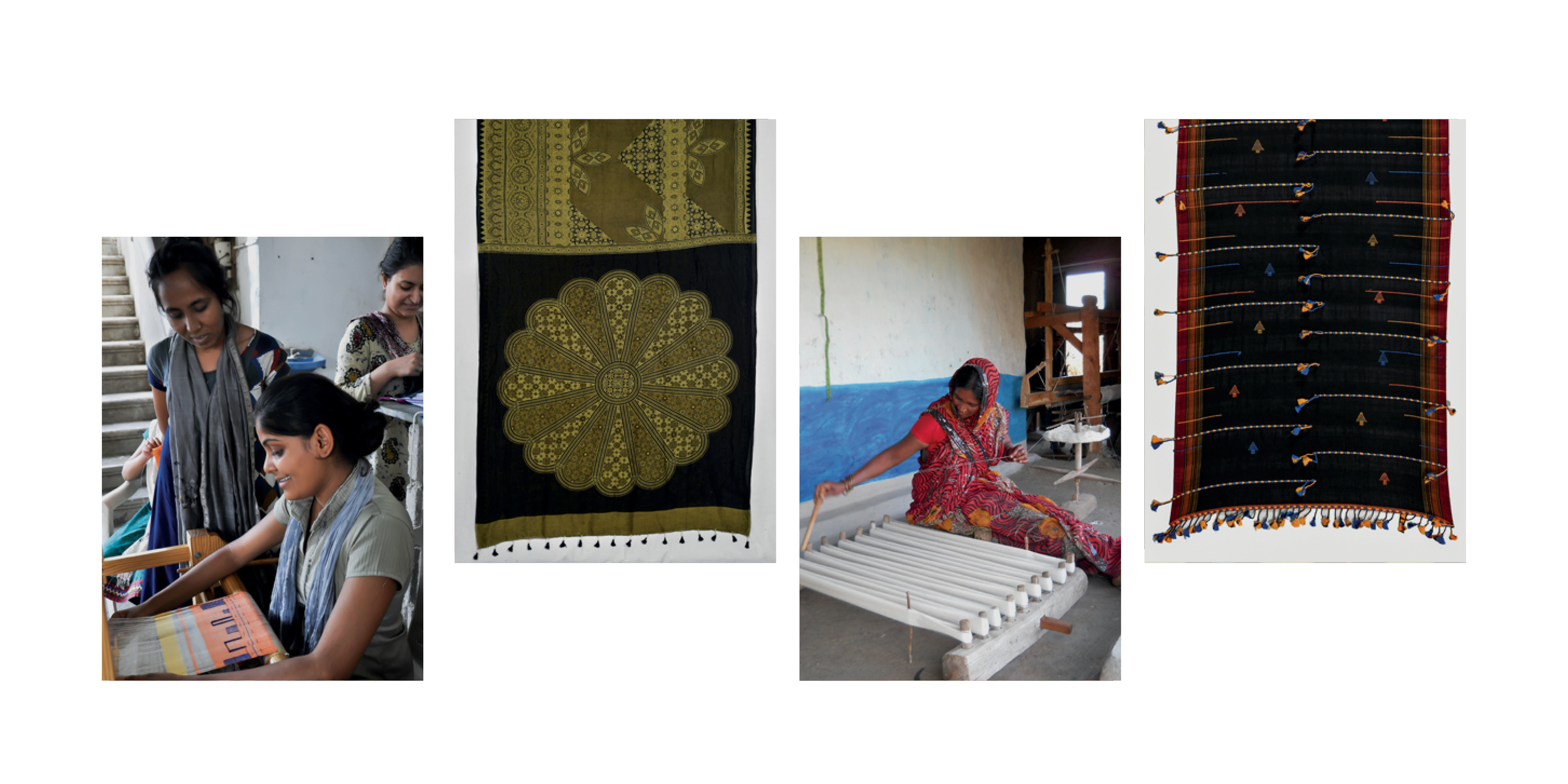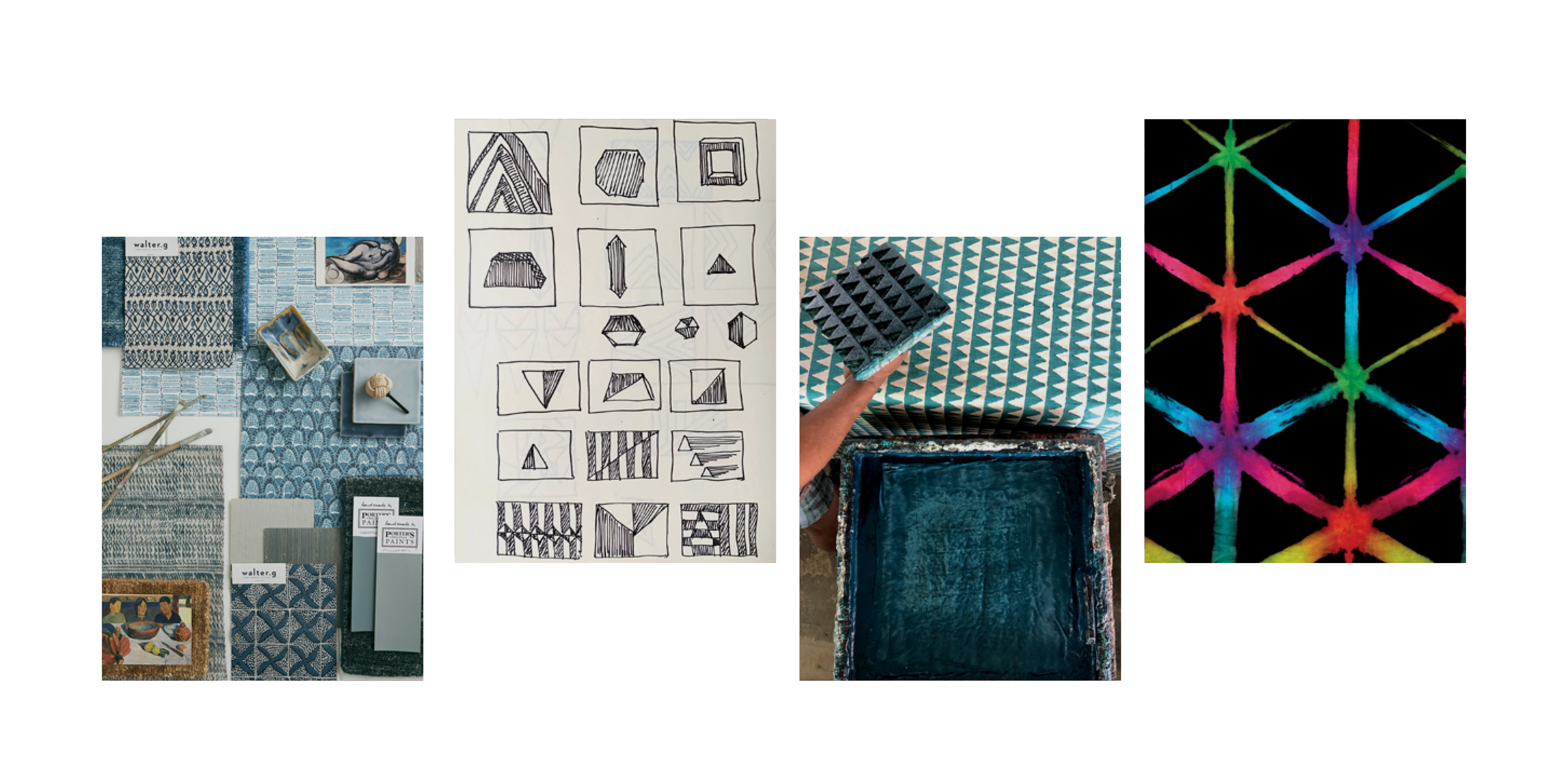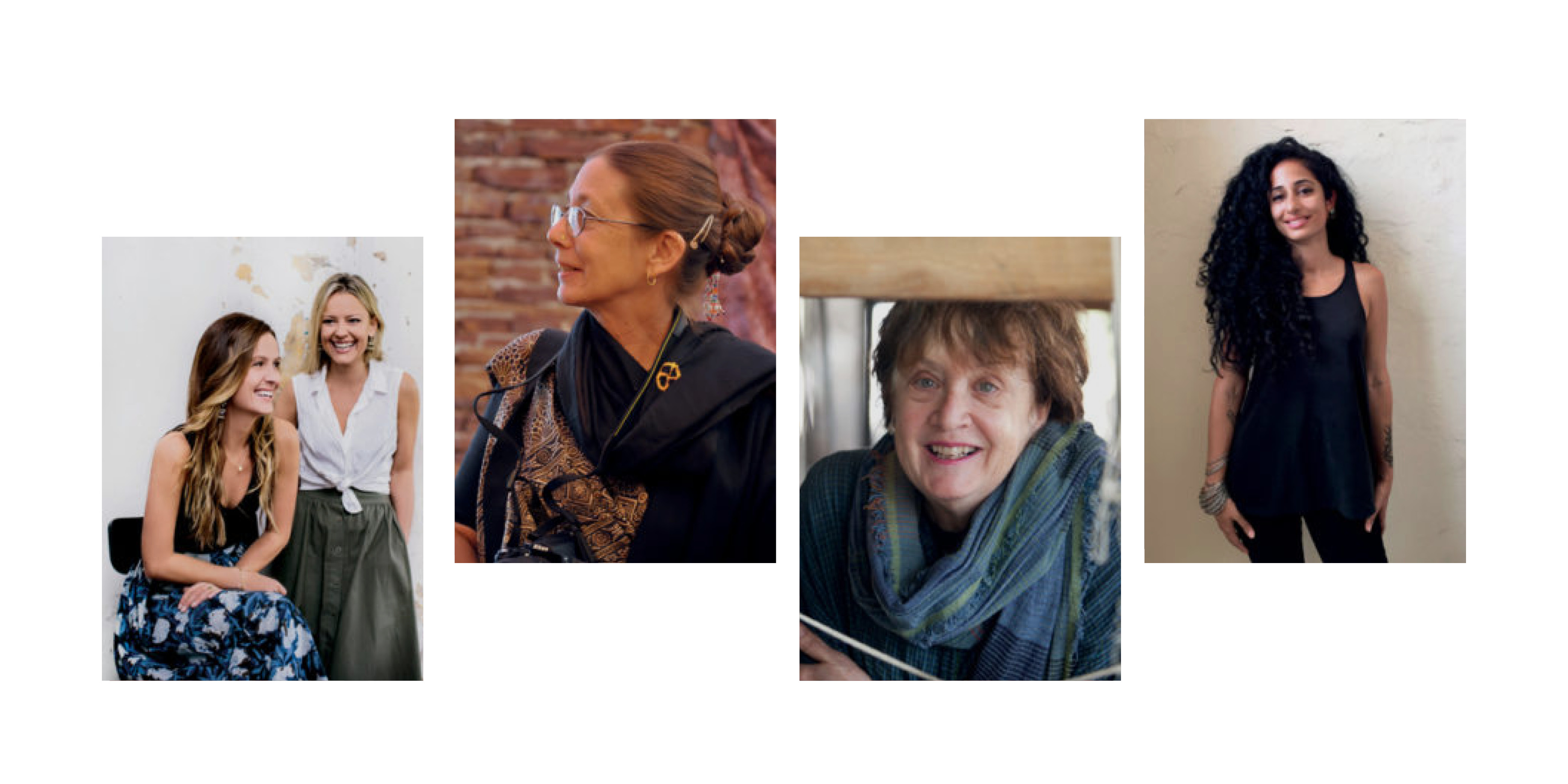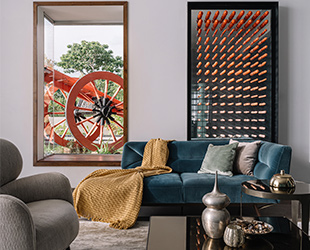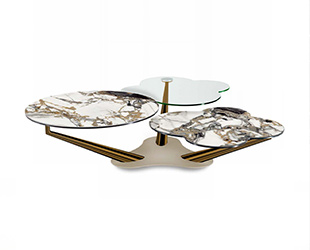People
Four textile maestros weave their thoughts on Indian artisanal crafts
JUN 20, 2019 | By Sakshi Rai
It is no secret that the unrelenting efforts of patrons, designers and social entrepreneurs alike have uplifted Indian handicrafts. This impetus has brought local crafts into our homes, not just in India but also abroad. Lauren Emerson and Genevieve Hewson of Walter G, Judy Frater of Somaiya Kala Vidya, Sally Holkar of WomenWeave and the self-taught Leah Singh deserve a noteworthy mention for buoying the artisanal industry in India with different approaches and interpretations. For our Fabric special issue, these stalwarts share their perspectives on the local industry and their continuous endeavours towards reviving traditional crafts and techniques.
LAUREN EMERSON & GENEVIEVE HEWSON, Founders, Walter G… “When we were young, we often travelled to places where we could touch and feel tribal textiles. We fell in love with India and its varied handicrafts. For six months, we stayed in remote Indian villages and learnt everything we could about indigo and block printing.
It was around this time that we were inspired to start our own textile company and so, the boutique Walter G came into being in Sydney in 2012. The design and colour palette of our first fabric collection was heavily influenced by our Australian heritage. It was fascinating to see how something as trivial as choosing a colour can impact the overall aesthetic of any kind of fabric. Over the last seven years, we have continually celebrated the imperfections of the versatile technique of hand block printing. Even now, we work with Rajasthani artisans and follow the same process that goes into creating traditional block printed saris. Walter G’s signature, muted palette — inspired by our younger days growing up by the beach — and predominantly geometric designs differentiates itself from other block printed textiles. Incidentally, our upcoming collections use a warmer colour palette: mustard and guava with a hint of saltbush green.”
JUDY FRATER, Founder Director, Somaiya Kala Vidya… “After years of studying Kachchh’s craft traditions and working with embroiderers, I wondered why crafts that were appreciated enough to commercialise still saw “design interventions.” Artisans have designed their traditions for generations and, sadly, the intervention has relegated them to workers. In 2005, I began a design education programme for traditional weavers, ajrakh printers, bandhani artists and Kachchhi embroiderers, which was evolved and expanded to Somaiya Kala Vidya in 2014. The course — an intensive, fortnight-long residential training divided into six sessions over a year — teaches artisans to design within their traditions as practically as possible. The goals of the course are for master artisan advisors to educate students about traditions; weavers, printers and dyers to revitalise their inherent interdependence in traditional textiles; and to interface with urban markets, in an attempt to re-establish contact with hereditary clients. Over the years, the programme has helped our graduates connect with new markets, increase their incomes and even, win awards. Perhaps the most significant aspect is that the offspring of the current generation of artisans are choosing craft as an attractive livelihood. When people believe that artisans are only capable of following directives, they miss out on their creative potential. When artisans become the designers of their own art, they flourish.”
SALLY HOLKAR Founder, WomenWeave… The Stanford University graduate had her first interaction with a handloom only after she married into Indore’s royal family, patrons of Maheshwari sari weavers. In 2002, Holkar established the WomenWeave Charitable Trust to support the country’s handloom communities. She says, “Handlooms have always been appreciated by a discerning few for their unique aesthetic and humanistic appeal. The global market now, more than ever, is seeking bespoke handcrafted textiles at affordable prices. This has led to the appreciation of fabrics with a story woven around tradition, quality and sustainability. India has incredible potential to supply rich resources of handspun and handwoven fabrics, and therefore respond to the worldwide movement towards meaningful consumption. We, at WomenWeave, believe in the sustainability of handlooms in India as a vital and economically relevant tradition. In fact, the trend of ‘mindful fashion’ is an opportunity for handloom weavers and communities to build sustainable livelihoods in the face of growing demand. If an artisan, residing in the remotest corner of India, can be empowered enough to benefit from this shift towards sustainable fabrics, we would have come a long way in ensuring the longevity of traditional textile manufacturing.”
LEAH SINGH, Founder, Leah Singh… “India is renowned for handcrafted textiles and is a hub for textile manufacturing. After graduating as an industrial designer from the Parsons School of Design in New York, I began to explore India’s traditional crafts to create modern objects. Starting with sculptural jewellery, I ventured into the textile design to express my love of patterns, colours and textures commonly seen in Indian crafts. I observed endless possibilities to reinvent traditional textile techniques. This pushed me to conceptualise a collection that was handmade by artisans from different parts of India. I visited numerous craft markets spread across the country. I am inspired by geometry, architecture (including the Art Deco style), the Bauhaus movement, the 1980s as well as tribal textiles from India and Africa. The motifs I use reflect elements from these themes. I work with colours that create specific moods — bright, bold and fun or soft, subtle and soothing. Currently, artisanal goods that tell a story are all the rage. Yet traditional crafts are suffering the consequences of a decrease in demand and low wages that don’t compensate for the enormous work put in. The craft also caters to a hyper-niche market, so it is uncertain whether this trend will continue long enough to enthuse artisans into keeping these crafts alive.”

